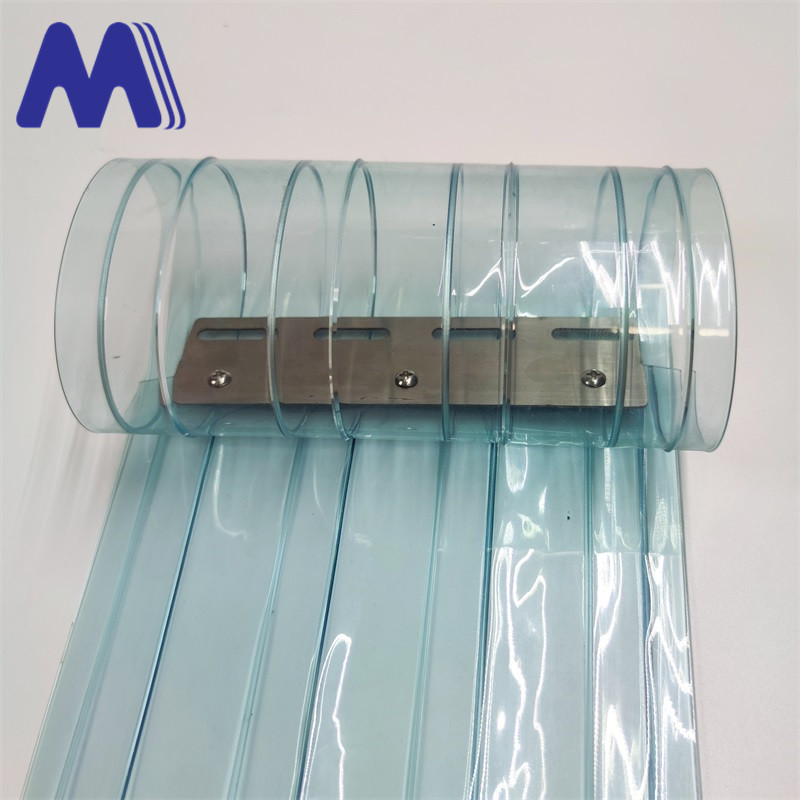- Afrikaans
- Albanian
- Amharic
- Arabic
- Armenian
- Azerbaijani
- Basque
- Belarusian
- Bengali
- Bosnian
- Bulgarian
- Catalan
- Cebuano
- Corsican
- Croatian
- Czech
- Danish
- Dutch
- English
- Esperanto
- Estonian
- Finnish
- French
- Frisian
- Galician
- Georgian
- German
- Greek
- Gujarati
- Haitian Creole
- hausa
- hawaiian
- Hebrew
- Hindi
- Miao
- Hungarian
- Icelandic
- igbo
- Indonesian
- irish
- Italian
- Japanese
- Javanese
- Kannada
- kazakh
- Khmer
- Rwandese
- Korean
- Kurdish
- Kyrgyz
- Lao
- Latin
- Latvian
- Lithuanian
- Luxembourgish
- Macedonian
- Malgashi
- Malay
- Malayalam
- Maltese
- Maori
- Marathi
- Mongolian
- Myanmar
- Nepali
- Norwegian
- Norwegian
- Occitan
- Pashto
- Persian
- Polish
- Portuguese
- Punjabi
- Romanian
- Russian
- Samoan
- Scottish Gaelic
- Serbian
- Sesotho
- Shona
- Sindhi
- Sinhala
- Slovak
- Slovenian
- Somali
- Spanish
- Sundanese
- Swahili
- Swedish
- Tagalog
- Tajik
- Tamil
- Tatar
- Telugu
- Thai
- Turkish
- Turkmen
- Ukrainian
- Urdu
- Uighur
- Uzbek
- Vietnamese
- Welsh
- Bantu
- Yiddish
- Yoruba
- Zulu
Choosing the Best Materials for Freezer Curtains to Enhance Energy Efficiency and Temperature Control
The Importance of Freezer Curtain Material in Cold Storage Solutions
In the world of food storage and preservation, maintaining optimal temperature conditions is crucial. Freezer curtains, often made from specialized materials, play a vital role in reducing energy costs and ensuring product integrity. This article delves into the importance of freezer curtain material, its various types, and the benefits it brings to cold storage facilities.
What are Freezer Curtains?
Freezer curtains are heavy-duty plastic or vinyl barriers installed in openings of cold storage units or freezers. They serve as a physical barrier between different temperature zones, preventing cold air from escaping while allowing easy access for staff and equipment. The material chosen for these curtains directly impacts their performance and durability.
Types of Freezer Curtain Materials
1. Vinyl The most common material used in freezer curtains, vinyl is known for its excellent thermal insulation properties. It is durable, flexible, and resistant to tears and abrasions. Vinyl freezer curtains can withstand temperatures as low as -10°F (-23°C) without becoming brittle or cracking.
2. Polyethylene This is another widely used material for freezer curtains. Though not as durable as vinyl, polyethylene is lightweight and cost-effective. It is often used in walk-in freezers and is suitable for less extreme temperature environments.
3. Insulated Curtains For facilities requiring enhanced insulation, insulated freezer curtains are available. These curtains are typically constructed with a layer of insulating material sandwiched between two layers of vinyl or polyethylene. Their energy efficiency helps reduce heating or cooling costs, making them ideal for large-scale operations.
4. Clear vs. Opaque Freezer curtains are available in both clear and opaque materials. Clear curtains allow visibility, which is beneficial for quickly locating items, while opaque options offer better insulation and privacy.
freezer curtain material

Benefits of High-Quality Freezer Curtain Materials
1. Energy Efficiency One of the key advantages of using high-quality freezer curtain materials is energy efficiency. By minimizing cold air loss, these curtains help maintain stable temperatures, reducing the workload on refrigeration systems and lowering energy bills.
2. Improved Product Integrity Maintaining the right temperature is essential for preserving the quality and safety of perishable items. Freezer curtains effectively regulate temperature fluctuations, ensuring that food products remain fresh and safe for consumption.
3. Versatility and Convenience Freezer curtains provide easy access to cold storage areas without the need for heavy doors. They can be installed in various openings, such as doorways, aisles, or walk-ins, enhancing operational efficiency in busy environments.
4. Hygienic Barrier In addition to temperature control, freezer curtains act as a barrier against contaminants. By reducing the ingress of dust, dirt, and pests, they help maintain a clean environment, which is especially important in food storage applications.
5. Cost-Effectiveness Investing in quality freezer curtain material can lead to long-term savings. While the initial cost may vary depending on the material, the reduction in energy expenses and product spoilage often justifies the investment.
Conclusion
In summary, the choice of freezer curtain material is critical for any operation that relies on cold storage. Whether using vinyl, polyethylene, or insulated options, high-quality materials enhance energy efficiency, protect product integrity, and improve overall convenience. As businesses continue to prioritize sustainability and cost-effectiveness, the role of freezer curtains will undoubtedly grow, making them an essential component of modern cold storage solutions.
-
PVC Curtain Strip – Durable Standard PVC Strips for DoorsNewsJun.10,2025
-
PVC Strip Curtain – Durable & Transparent Plastic Strips for Industrial Use Affordable PricesNewsJun.10,2025
-
Clear Plastic Door Curtains Durable & Insulating VisibilityNewsJun.09,2025
-
Commercial Strip Curtains Energy Savings & Durability for Industrial UseNewsJun.09,2025
-
Anti-Cold PVC Strip Curtains Thermal Insulation & Energy Saving SolutionsNewsJun.09,2025
-
Transparent PVC Streifenvorhangrolle Rolls - High Durability & ClarityNewsJun.09,2025



